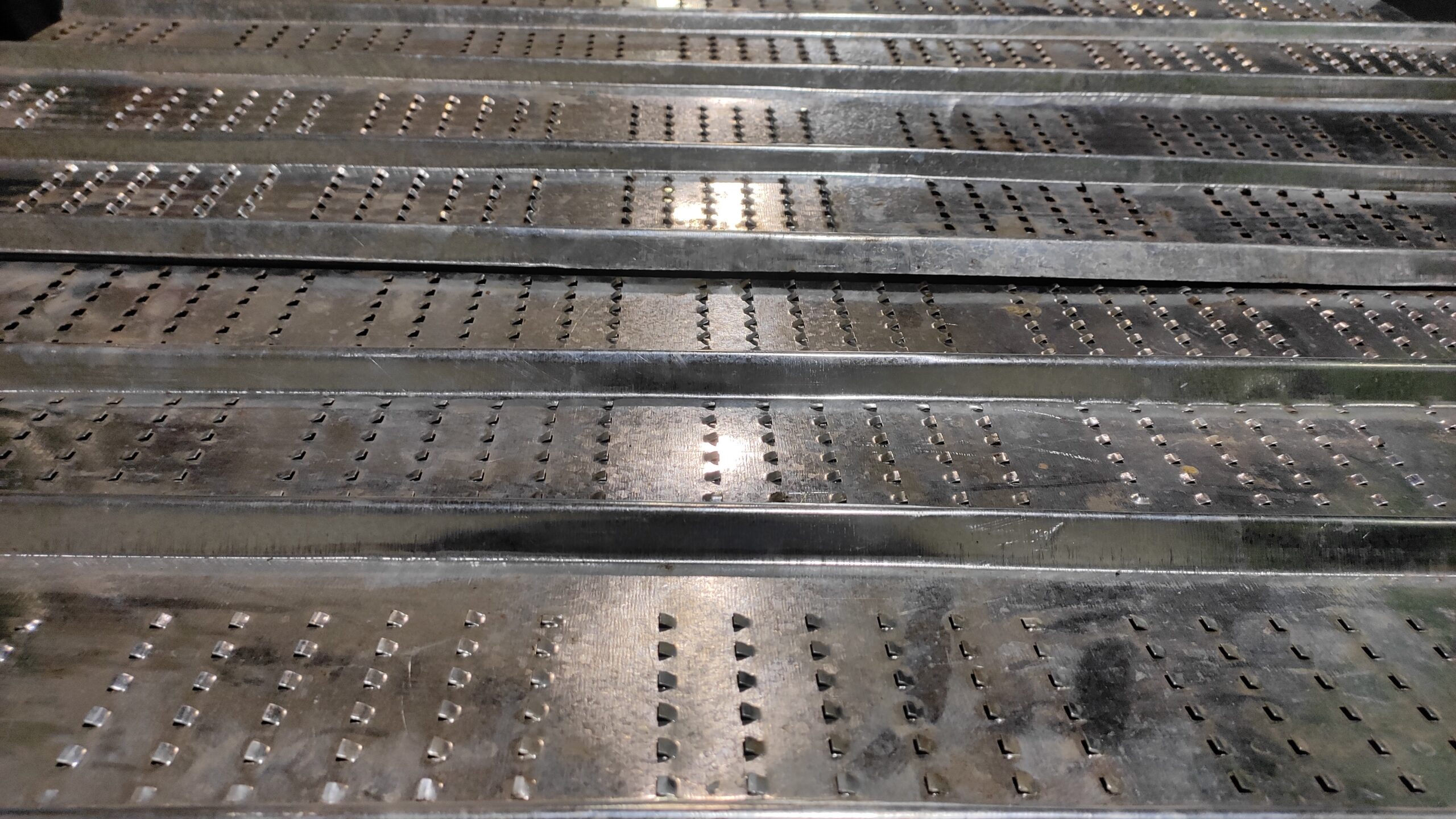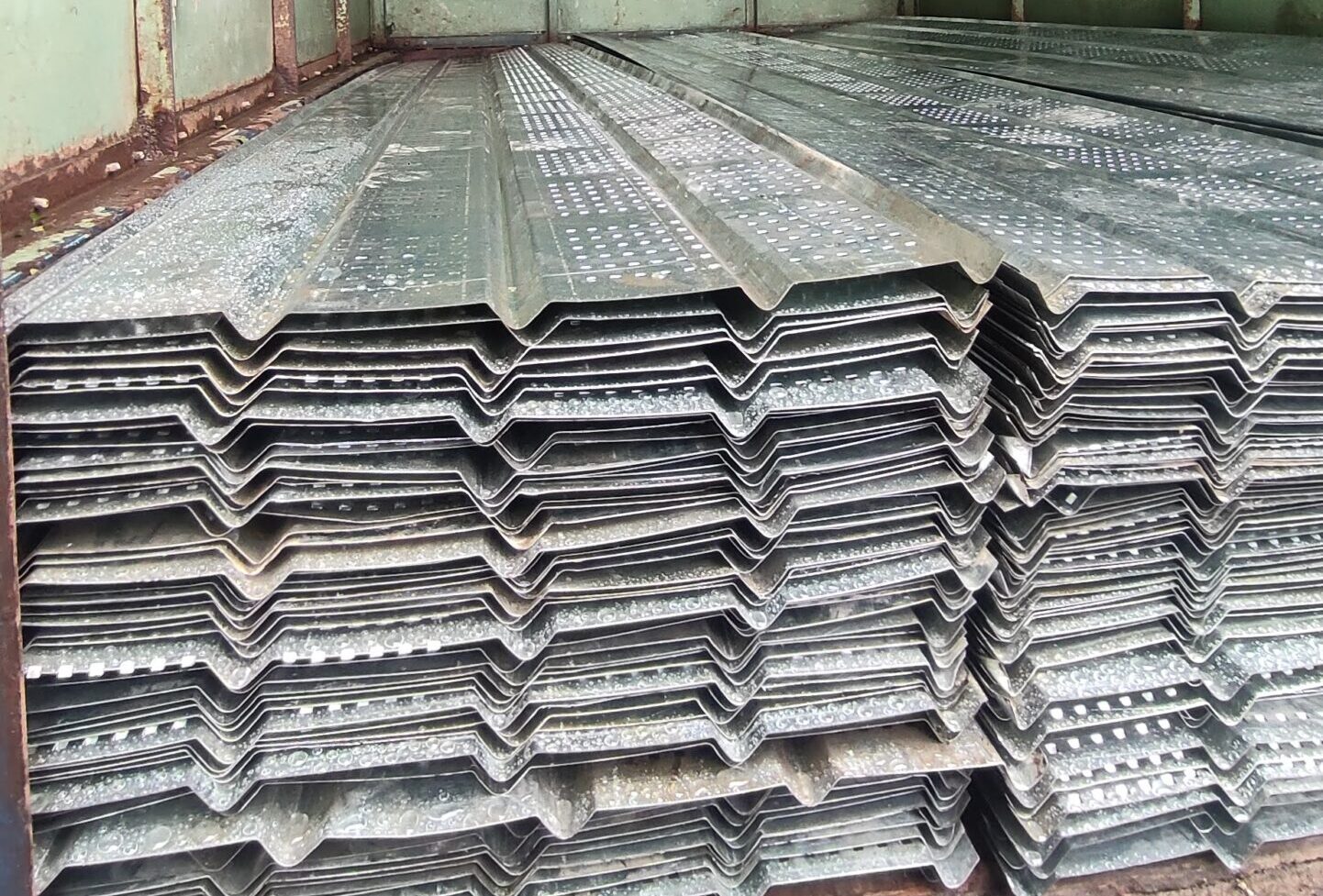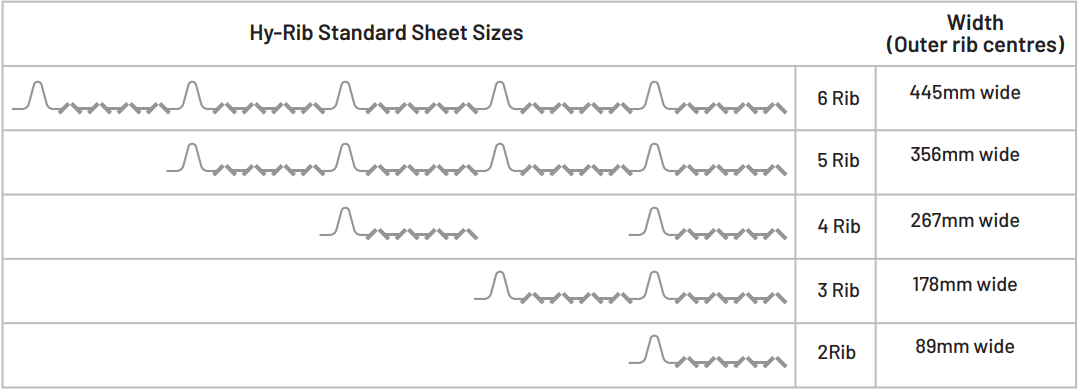One roof solution for pipe bending & all types metal sheet shearing and bending work upto 6mm x 3meter

// About Hy-Rib Mesh //
HY RIB SHEETS & FORMWORK SOLUTIONS
Crafted from hot-dipped galvanized steel, our Hy Rib sheets offer superior corrosion resistance and long-lasting durability.
- Made from galvanized steel
- Suitable for all construction work
- Best for concrete joint systems
- Joints are 25% stronger
- Speeds up construction time
FASTER INSTALLATION
Speeds up the construction process by minimizing setup time.
REDUCED LABOR COSTS
Cuts down on workforce requirements, saving you money.
IMPROVED CONCRETE BONDING
Enhances the adhesion of concrete to the surface for stronger results.
QUICK FORMWORK REMOVAL
Reduces time spent removing formwork, increasing efficiency.
// Introduction //
Delivering Smart Hy Rib Solutions for Modern Builds
Hy Rib sheets offer a smart alternative to traditional shuttering, combining strength, flexibility, and faster installation in concrete works.
// Features Of Hy-Rib Mesh //
Hy Rib Sheets: Superior Concrete Bonding and Structural Strength
Hy Rib sheets are engineered for superior performance in construction, offering key benefits that make them an essential component for modern building projects.
Incorporating Hy Rib sheets into your construction process ensures faster installation, reduced labor costs, and superior concrete bonding, making it an invaluable asset on any modern construction site.

- 📏 Gauge: 0.4 mm
- ⚖️ Weight: 3.39 kg/m²
- 📐 Rib Depth: 20.8 mm
- 📦 Length: 2000–5000 mm
- 🛠️ Material: Galvanized Steel Z275
- 📏 Gauge: 0.5 mm
- ⚖️ Weight: 4.23 kg/m²
- 📐 Rib Depth: 20.8 mm
- 📦 Length: 2000–5000 mm
- 🛠️ Material: Galvanized Steel Z275
- 📏 Gauge: 0.75 mm
- ⚖️ Weight: 6.34 kg/m²
- 📐 Rib Depth: 20.8 mm
- 📦 Length: 2000–5000 mm
- 🛠️ Material: Galvanized Steel Z275
- 📏 Gauge: 0.4 mm
- ⚖️ Weight: 3.40 kg/m²
- 📐 Rib Depth: 20.8 mm
- 📦 Length: 2000–5000 mm
- 🛠️ Material: Stainless Steel 1.4301
- 📏 Gauge: 0.75 mm
- ⚖️ Weight: 6.34 kg/m²
- 📐 Rib Depth: 20.8 mm
- 📦 Length: 2000–5000 mm
- 🛠️ Material: Galvanized Steel Z275

// Reasons to use Hy-Rib //
Hy-Rib joints offer superior shear strength and bonding compared to traditional joints.
Reduces risk of Hand-Arm Vibration Syndrome (HAVS).
Enables visual monitoring during pouring, preventing voids and honeycombing.
Works effectively in both vertical and horizontal applications.
Lightweight design ensures easy handling, boosting speed and saving labor on site.
Compatible with all concrete types and requires minimal support.
// Applications Of Hy-Rib Mesh //


